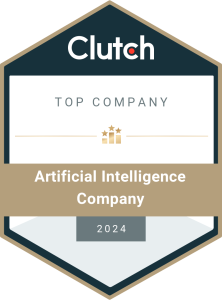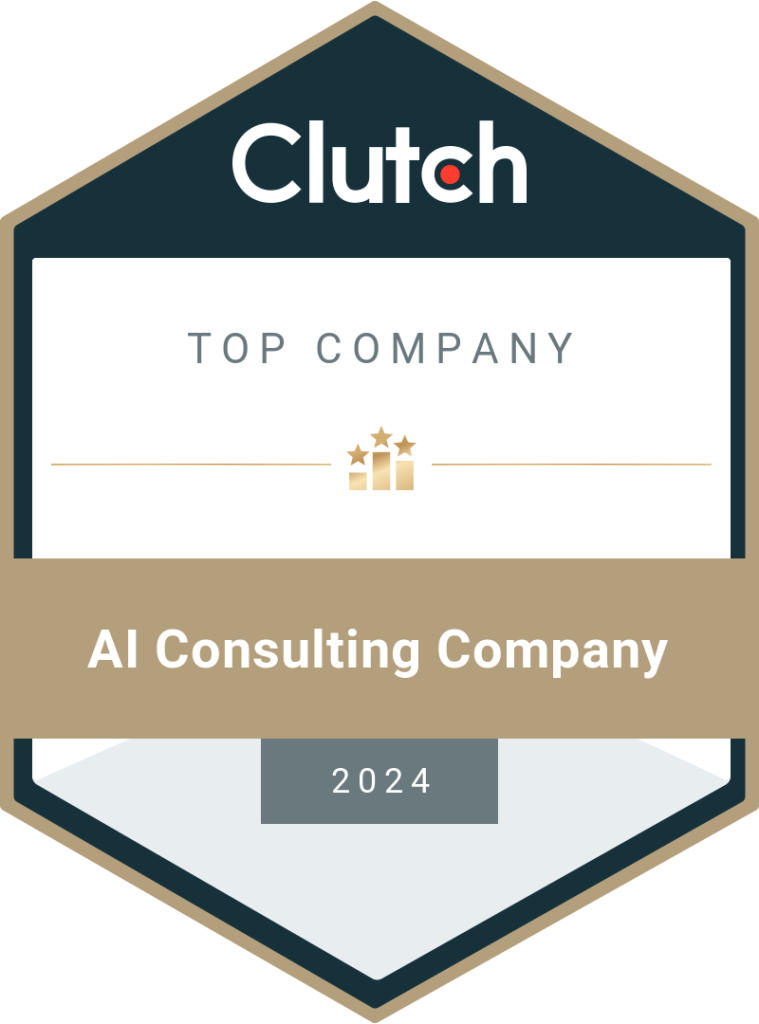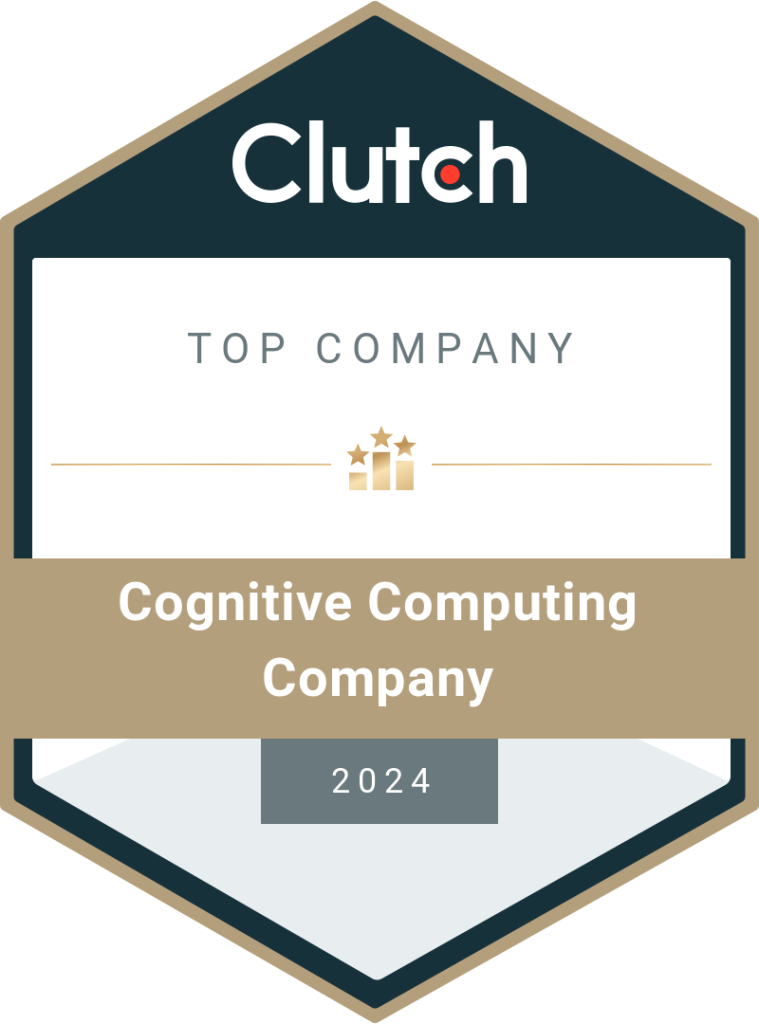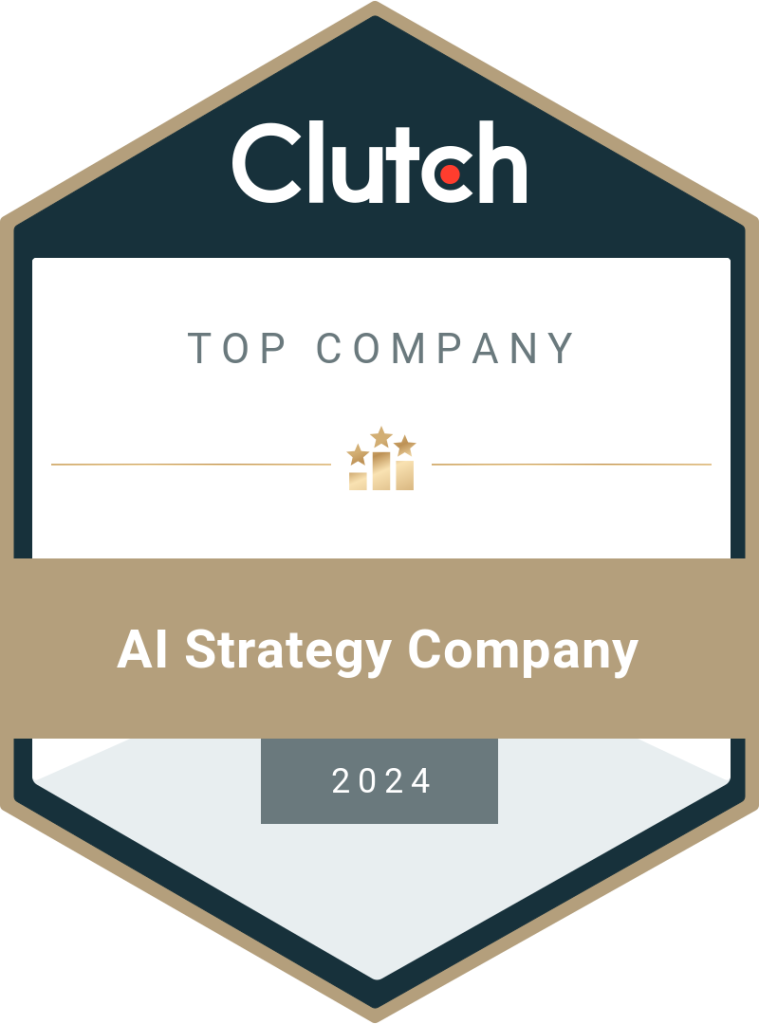Natural Language Query Processing:
The client struggled with effectively processing natural language queries. Meeting this challenge required implementing NLP techniques to understand diverse JD’s context and intent.
Massive Data Handling:
Sorting through a heap of resumes was a big challenge. Dealing with large-scale datasets required careful consideration for storage, indexing, and retrieval mechanisms to ensure low latency and swift response times.
Context-Aware Retrieval:
Ensuring context-aware retrieval was critical. Beyond direct matches, the system needed to suggest relevant resumes based on related JDs, requiring the creation of an intelligent knowledge graph. The client was looking for a solution that enhanced the user experience through intuitive connections.
Resume Filter- Architecture and Flow
The application analyzed a knowledge bank of resume PDFs, requiring a contextual search due to the unstructured data. The simplified flow diagram illustrated the general application process.
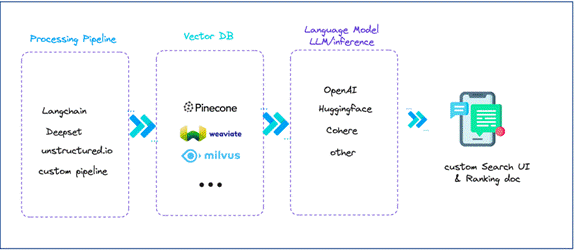
The following algorithms were utilized to construct the language-based engine for resumes.
1. Semantic Search with LLM
Our experts implemented Semantic Search, an advanced technique leveraging Language Models (LLMs), to enhance the search experience. By mapping documents into a vector space and transforming queries into vectors, the search engine identified matches between queries and documents through a simple nearest-neighbor search.
This approach provided an understanding of the context and semantics, enabling the retrieval of highly relevant results and enhancing the overall search accuracy and efficiency. Semantic search goes beyond traditional keyword-based matching and takes into account the meaning and context of words, allowing it to capture the underlying relationships between different documents and queries.
Beyond traditional keyword matching, Semantic Search considered the meaning and context of words, delivering more contextually appropriate results. The combination of Semantic Search with Language Models (LLMs) created an intelligent search experience, catering to the user’s intent with enhanced accuracy and effectiveness.
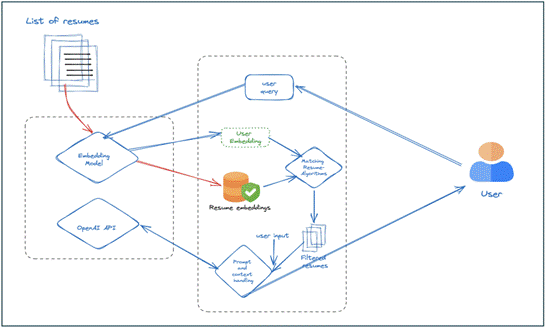
2. Efficient Resume Query Handling
Our team designed a comprehensive system to adeptly manage resume queries. The database housed a collection of resumes, each carefully indexed and enriched with metadata. Upon receiving a new query, our experts enhanced it using prompts and context from previous inputs, if available.
The enhanced query traversed the system flow, accessing the database to retrieve a list of relevant resumes ranked based on their relevance to the query. This ranked list was then forwarded to a language model (LLM) for post-processing. The LLM refined the results, ensuring enhanced coherence, grammar, and overall quality. Finally, the processed data is presented to users, displaying the most relevant and top-ranked resumes that match their search criteria. This architecture optimized the search process, leveraging both the database’s indexed information and the LLM’s contextual understanding to provide the client with more accurate and personalized resume recommendations.
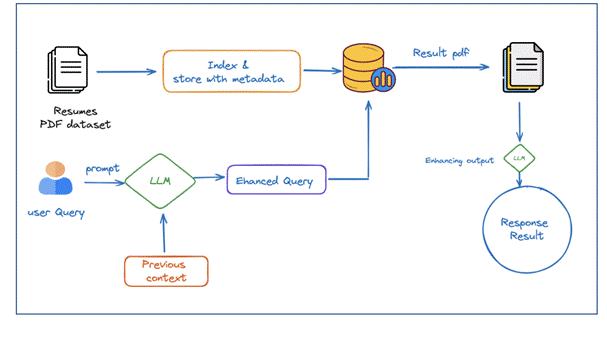
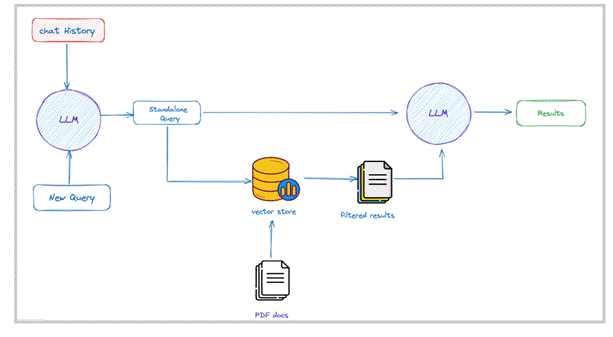
3. Resume Summarization
In this architecture, the resume database is first preprocessed and summarized to extractrelevant information from the resumes. Then, the summarized data, along with metadata like the URL of each resume, was indexed and stored in a database with efficient retrieval mechanisms.
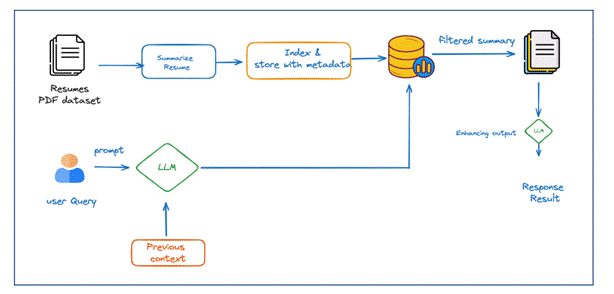
Upon receiving a new query, the system enhanced it with context and prompts from previous inputs, if available. The enhanced query traversed the system flow to retrieve a list of resumes matching the query. The system ranked resumes based on relevance, and the results were returned to the user. Subsequently, our developers passed the data to a large language model (LLM) for post-processing, refining results for coherence before displaying them in a user-friendly format.
This architecture efficiently leveraged summarization, indexing, and large language models, providing the client with accurate and contextually relevant resume search results. It enhanced their experience and facilitated finding the most suitable candidates for specific job roles.
Below is the detailed flow diagram for application flow:
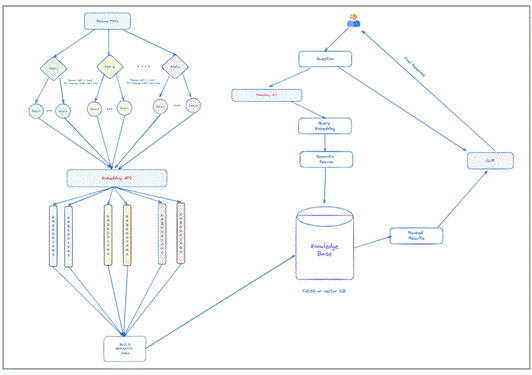
Strategic Talent Acquisition: Leveraging summarization, indexing, and LLMs, our solution for resume summarization provided the client with accurate search results. This not only enhanced the client’s ability to identify suitable candidates for specific job roles but also empowered them to make strategic and data-driven decisions in talent acquisition. The system’s intelligent ranking and retrieval mechanisms ensured a quicker and more targeted candidate selection process.
Education & EdTech
Europe
Staff/Resource Augmentation
Briefly describe the challenges you’re facing, and we’ll offer relevant insights, resources, or a quote.

Business Development Head
Discussing Tailored Business Solutions
DataToBiz is a Data Science, AI, and BI Consulting Firm that helps Startups, SMBs and Enterprises achieve their future vision of sustainable growth.
DataToBiz is a Data Science, AI, and BI Consulting Firm that helps Startups, SMBs and Enterprises achieve their future vision of sustainable growth.
